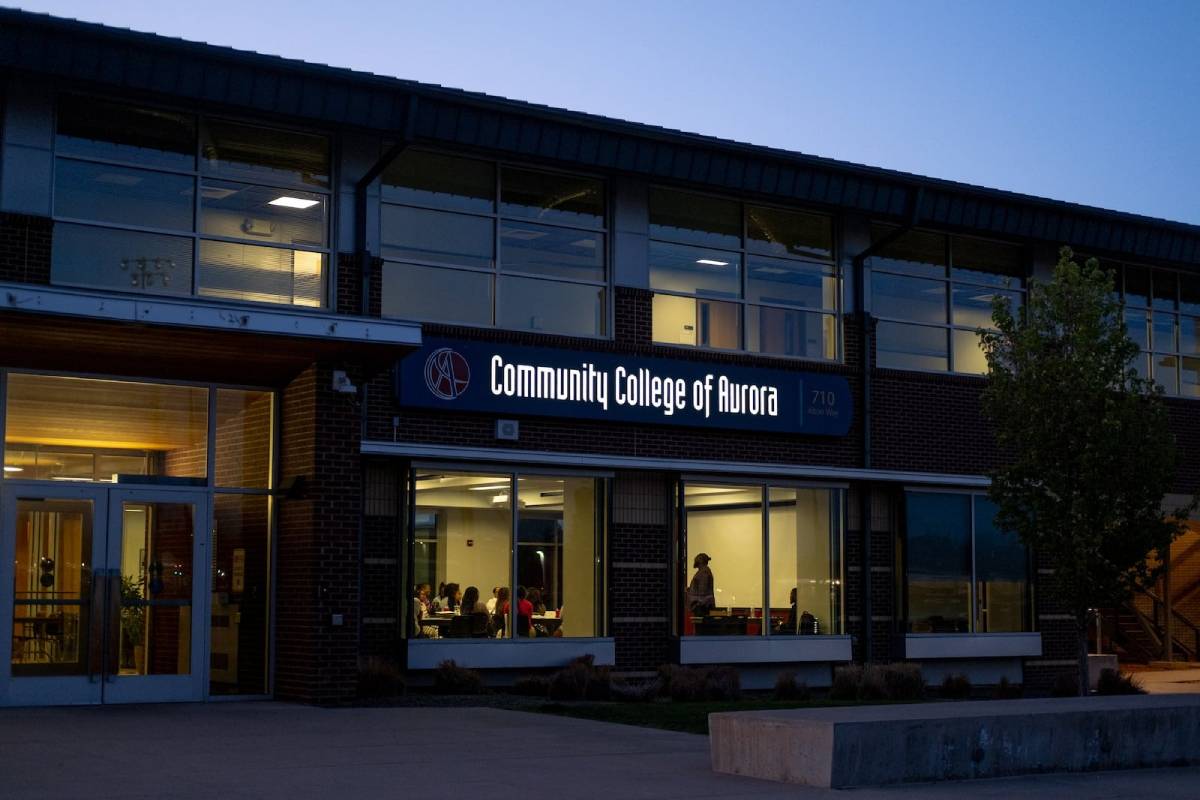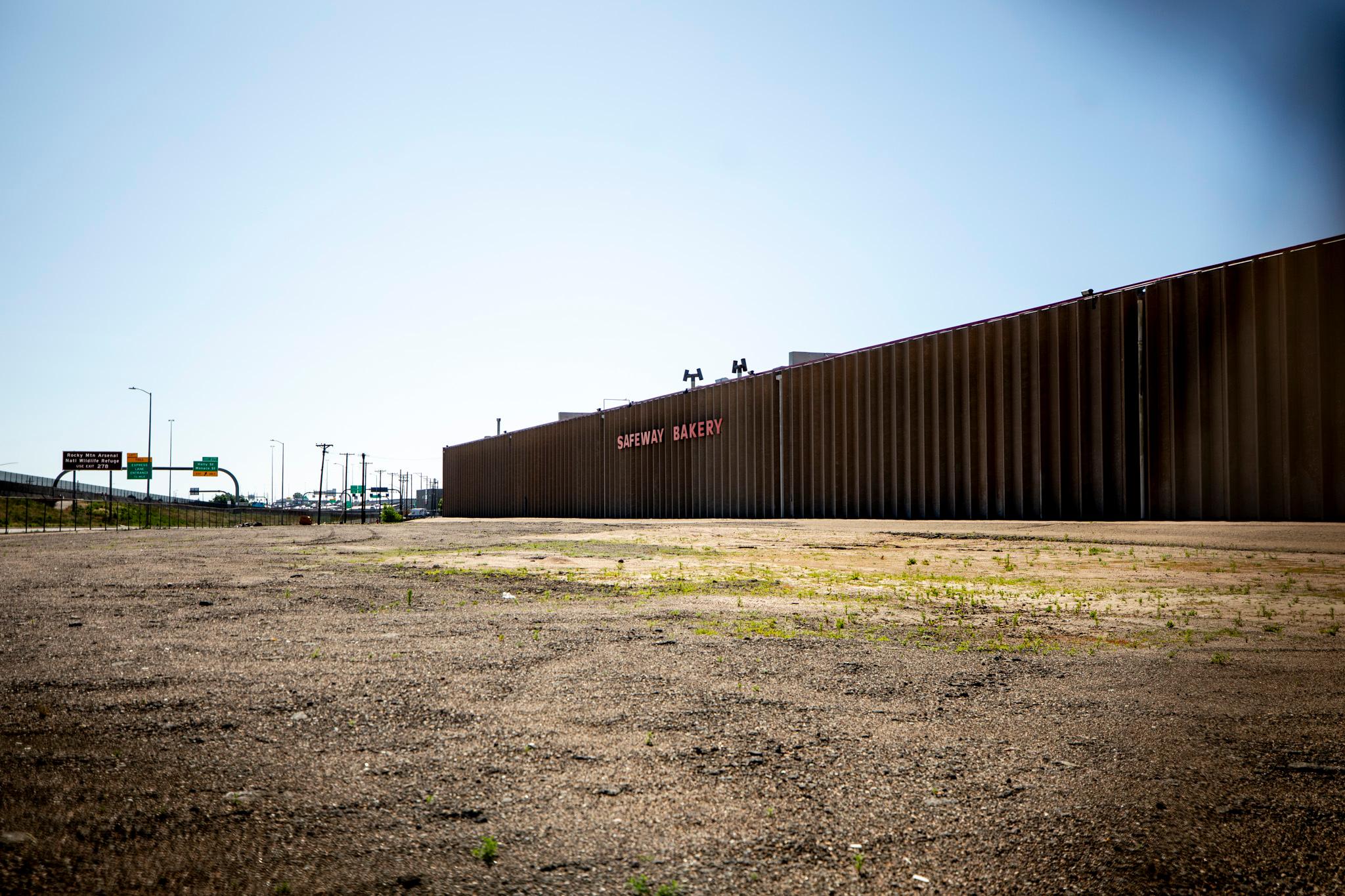When the phone rings at the Republican Party headquarters in Mahoning County, Ohio, a 77-year-old retired hairdresser and former lifelong Democrat answers.
Connie Kessler is a recent GOP convert with a religious-like zeal to help her hometown elect more local Republicans. Sometimes she answers calls from voters; other times she updates the database — she does the kind of odd jobs she says she used to do for local Democrats.
If Donald Trump hadn't run for president, Kessler says she'd probably still be a Democrat.
"He's the one that turned me," she says at her makeshift reception desk near a giant cut-out of the president, with his signature thumbs-up gesture. "When I walked in here to sign up as a volunteer, I was a Democrat," she says. "I don't want Democrat next to my name anymore."
Like thousands of people in the Mahoning Valley, a region midway between Pittsburgh and Cleveland, Kessler left the Democratic Party and voted for Trump in 2016.
A similar story played out across the region, where white, working class families in Michigan, Pennsylvania and Wisconsin helped propel Trump into the White House. But the question remains: Were these Obama/Trump voters one-off Trump supporters — or are they the newest Republicans? 2018 offers the first hint of whether Trump's election was an aberration or a major realignment of the parties.
The Mahoning Valley has been loyal Democratic turf for generations; it's old steel country full of labor union members. But in the last presidential election, many people abandoned the party at the national level. Trumbull County, which President Obama had won by 22 percentage points in 2012, went for a Republican president for the first time since 1972.
And the initial evidence, based on more than a dozen interviews with Obama/Trump voters and disillusioned Democrats across the Mahoning Valley, is mixed. Some, like Kessler, say they're ashamed of modern day Democrats and no longer want to be a part of the party. Others insist they're still loyal to the party and will grab a Democratic ballot in the Ohio primary this May.
In 2016, there was a massive discrepancy between national and local Democratic performance. Even though Trump won Trumbull County by 22 percentage points, Democrats won every county-level race. In neighboring Mahoning County, Clinton pulled off a slim victory — 25 points behind Barack Obama's 2012 victory there — and, again, local Democrats won many races. In fact, the Democratic congressman from the region, Tim Ryan, won reelection with nearly 70 percent of the vote.
Voters' values
Many in the Mahoning Valley say that divide is evidence that the national Democratic Party has moved too far left — prioritizing "transgenders" and "immigration," as multiple people said, at the expense of the economy.
At the Yankee Kitchen restaurant near Youngstown, Jeff Zatchok, a former public school teacher and administrator, says he voted for President Obama in 2008, but chose Trump in 2016 — and he's "100 percent" satisfied with the president.
"Either my views or the Democratic Party views changed," he says, in between bites of egg, on a recent morning. "To me, the Democrats used to be kind of 'middle America,' and it seems to me they've gotten away from that."
These days, he feels more like a Republican.
Even the chair of the Mahoning County Democratic Party admits his national party is out of sync with local voters, and his congressman, Tim Ryan, agrees.
"People — whether they're white, black, brown, gay, straight — they want a job, they want high wages and a secure pension and secure healthcare. That's it," Ryan tells NPR. "And I'm trying to pound this message into everybody's head."
Democrats in the Mahoning Valley are more conservative than coastal Democrats on cultural issues like religion, abortion and immigration.
"I think this country — our country — has no respect or morals," says Lisa Moore, a retired school teacher, flanked by a giant painting of the Last Supper on her dining room wall.
She says it also feels like Democrats these days prefer "illegals" over U.S. citizens.
The former local Democratic congressman in this region, Jim Traficant, took a hard-line stance on immigration, once saying that "anybody that jumps the fence shouldn't be made a citizen, they should be thrown out." But there's little room for such a position in the modern-day Democratic party.
"We've had complete devastation in this area for the last 20 to 30 years," says Scott Seitz, an elected Democratic official who crossed party lines to vote for Trump. "We didn't leave our Democratic Party. Our Democratic Party left us."
In 2000, Seitz lost his job at a steel mill. And so he started a gutter cleaning business that he now maintains with his sons. In February 2017, he got a job back in the mills making titanium for F-35 jets, and he credits the president, in part, for finalizing the contract that led to an increase in hiring at that local plant.
"He spoke to me about jobs," Seitz says.
Seitz knows the local steel mills will never return to their old glory, but he's optimistic that the steel and aluminum tariffs the president is ordering will help his region.
"It is certainly long overdue for the struggling steel industry throughout Ohio and the Rustbelt area," he says in an email.
Seitz acknowledges China may strike back with more tariffs, but for now he's trying to remain optimistic because, to him, it seems the president is trying to level the playing field to help American workers.
"Rebelling" among Democrats
Around the region, there is little evidence of buyer's remorse for Trump.
For some, Democratic criticism of the president is only further justification to reject the party as a whole.
Lisa Moore, the retired school teacher, says she plans to vote Republican all down the ballot.
"I'm worried if the Democrats get in, they get a majority, they'll try to impeach him," she says. "So, as long as he's in office, I'm gonna vote all straight Republican."
Her 76-year-old mother Frances Kimpton, a loyal Democrat until 2016, nods in agreement. "I'll never vote for a Democrat as long as I live," she says. "I don't like them anymore ... the Democrats have been fighting him."
But not all Obama/Trump voters are willing to entirely forsake the party because of their loyalty to the president. Some say even if they would vote for Trump again, they'll vote for Democrats at the local level.
John Schultz, a former Democratic precinct committeeman, voted for Trump in 2016 — the first time he cast a ballot for a Republican candidate in his 66 years.
"I was born and raised a Democrat, lifelong Democrat," he says, eager to point out that he's not a Republican — and still thinks George W. Bush was the "ultimate failure" as a president. "[But] the national Democratic Party has become disconnected and alienated from Middle America."
He says local Democrats feel neglected by Washington and figured they didn't have much to lose by voting for Trump, a Republican who spoke like a Democrat on trade.
"I don't think it's realigning," Schultz says. "I do think this area is maybe rebelling."
Still, he insists he's a Democrat who will vote for Democratic candidates in the Ohio primary.
"It's in many ways ingrained into people that they're Democrats," says Paul Sracic, chair of the Department of Politics and International Relations at Youngstown State University. He's not sure that voters, regardless of Trump, have changed their overall ideological orientation. "I don't think they feel like they have a real home in either political party."
As for Scott Seitz, he plans to vote for fellow Democrats in 2018, but he's still yearning for more: "I hope that the Democrats in the 2020 election have a candidate that appeals to us. And we can go back to being full-fledged Democrat."
9(MDEyMDcxNjYwMDEzNzc2MTQzNDNiY2I3ZA004))








